The two key goals of any attack is access and persistence. This post covers elements of each. In a post-exploitation scenario where the attacker has compromised the domain or an account with delegated rights, it’s possible to dump the clear-text passwords of admins without being a Domain Admin*. This method requires the Active Directory Domain …
19 results for DCSync
Sep 25 2015
Mimikatz DCSync Usage, Exploitation, and Detection
Note: I presented on this AD persistence method at DerbyCon (2015). A major feature added to Mimkatz in August 2015 is “DCSync” which effectively “impersonates” a Domain Controller and requests account password data from the targeted Domain Controller. DCSync was written by Benjamin Delpy and Vincent Le Toux. The exploit method prior to DCSync was …
Attack Defense & Detection
This page is meant to be a resource for Detecting & Defending against attacks. I provide references for the attacks and a number of defense & detection techniques. Active Directory & Windows Security ATTACK AD Recon Active Directory Recon Without Admin Rights SPN Scanning – Service Discovery without Network Port Scanning Beyond Domain Admins – …
Jan 01 2018
Attacking Read-Only Domain Controllers (RODCs) to Own Active Directory
I have been fascinated with Read-Only Domain Controllers (RODCs) since RODC was released as a new DC promotion option with Windows Server 2008. Microsoft customers wanted a DC that wasn’t really a DC. – something that could be deployed in a location that’s not physically secure and still be able to authenticate users. This post …
Aug 13 2016
PowerShell Security: PowerShell Attack Tools, Mitigation, & Detection
This post is a follow-up of sorts from my earlier posts on PowerShell, my PowerShell presentation at BSides Baltimore, and my presentation at DEF CON 24. Hopefully this post provides current information on PowerShell usage for both Blue and Red teams. Related posts: BSides Charm Presentation Posted: PowerShell Security: Defending the Enterprise from the Latest …
Mar 14 2016
Sneaky Active Directory Persistence #17: Group Policy
The content in this post describes a method through which an attacker could persist administrative access to Active Directory after having Domain Admin level rights for about 5 minutes. Complete list of Sneaky Active Directory Persistence Tricks posts This post explores how an attacker could leverage the built-in Active Directory management capability called Group Policy …
- 1
- 2

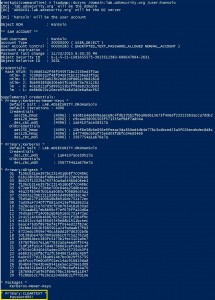
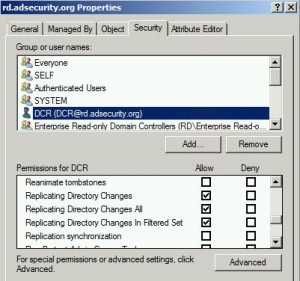
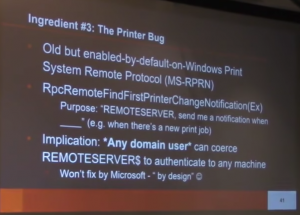
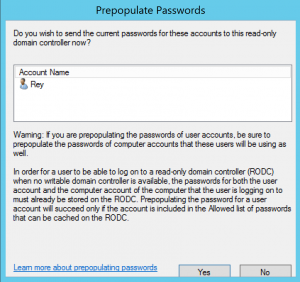

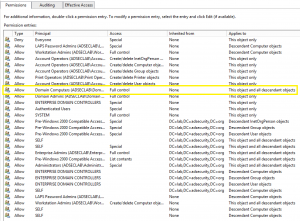
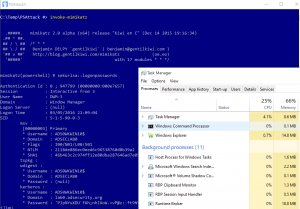
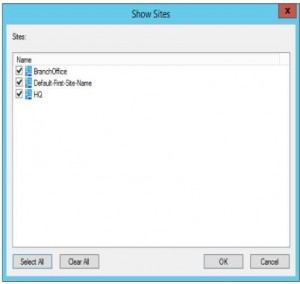
Recent Comments